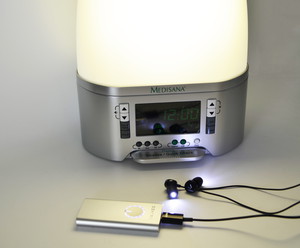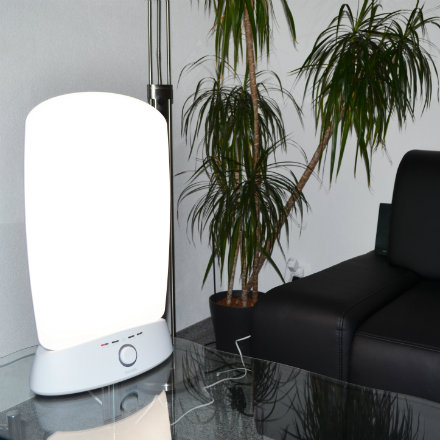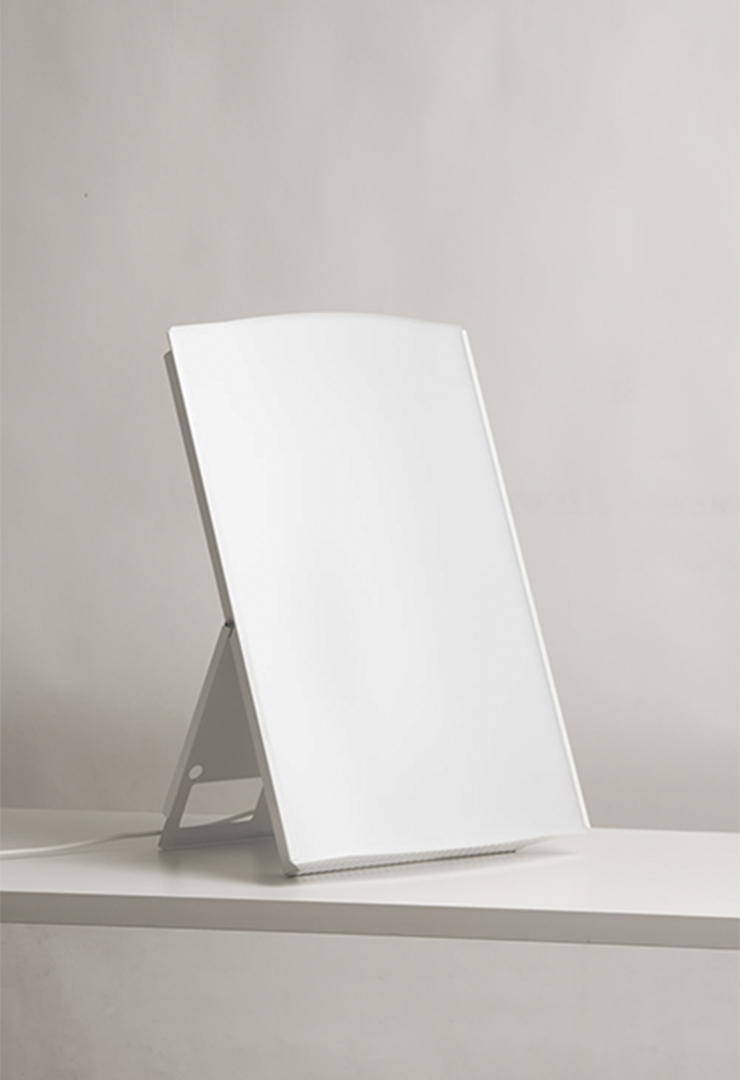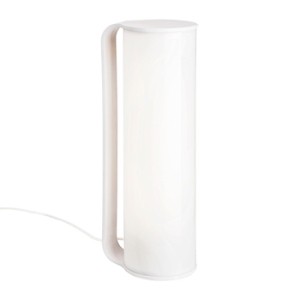As soon as the autumn starts, with its cloudy and darker days, and as soon as winter follows with longer nights and shorter days, our body may start reacting in a very sensitive way: We may notice an increased need for sleep, lack of motivation, concentration problems, lower performance, and changes in our eating behavior. We may experience ravenous appetite - or, if the symptoms of depression get worse, a loss of appetite. Even if the need to hibernate like the bears arises as a very strong one, unfortunately it is not a realistic option for humans. It is more helpful to know the reasons for these changes in our body and to use a good natural remedy.
The complaints described above are also known as 'seasonal affective disorder' or SAD. The SAD symptoms can last from October till March and are caused by the changing lighting conditions in autumn and winter. During these seasons, the northern hemisphere suffers of a noticeable lack of light. Daylight is one of the most important energy suppliers - even for the human body. During summer our body is able to receive the highest amount of sunny days and hours. In winter, the northern parts of the Scandinavian countries receive only up to four hours of daylight per day. The human body has to adapt to these changes and to the shorter days with less natural light. This does not happen without changing the energy balance of the body.
In that case, different factors work together. First, due to the lower amount of sunlight, the body may suffer from a lack of vitamin D. It needs the UV radiation on the skin for the body to produce Vitamin D. It is possible to provide the body with this vitamin through the food we eat, however, this vitamin is a rare substance in food and it is available only in small doses. Another factor is that bright light influences certain processes in the body. Therefore, sufficiently strong light at a certain time of the day is able to suppress the melatonin secretion. Melatonin is also known as the 'hormone of the dark', and it is able to set the "sleep program" of the body. If the body perceives darkness in its environment, this also affects the production of melatonin in the body. That is why the body experiences an increased need for sleep, daytime fatigue, but also poor concentration and lethargy when exposed to darker surroundings.
Winter depression does not manifest itself the same way in every human. There is a milder form of winter depression, which is called 'winter blues'. Sometimes it is hard to see the transition between feeling less joy and being less interested in one's own activities and between a severe lack of motivation. Should the SAD symptoms last for long, it is definitely recommended to seek medical advice. This is also recommended if you start showing signs of depression.
If your concentration and attention seem affected over a longer period of time and if you notice some other symptoms such as headaches and palpitations, this might as well be an indication of SAD. Additionally, a real depression may show feelings of hopelessness, tension and fear of the future, which often go hand in hand with a decrease of interest and participation in social activities.
However, things do not have to come to this point. Knowing about the reasons and developing a helpful strategy are already useful means of prevention. It is very useful the natural form of light therapy. To compensate for the lack of natural daylight, the body needs a sufficiently strong light source. The traditional room and office lighting is not enough for this purpose. It needs specially designed light therapy lamps to provide the necessary strength of up to 10,000 Lux. The treatment time varies, depending on the strength of the lamp and the distance of the light source to the face. An important factor is also the time of the day: light therapy is best applied in the morning hours, to handle problems with waking up and to supply the body with the necessary energy to start the day. To tackle light-induced SAD symptoms in an efficient way or to prevent them altogether, a regular, weeklong therapy is required. The effect you will notice after starting the treatment include increased efficiency, healthy eating habits and good mood, which you will never regret.
Wellnessproducts > Light therapy
Symptoms of Winter DepressionGloomy days - gloomy mood, listlessness, melancholy and ravenous appetite - This formula does not always need to be like that! Since research has discovered that light can heal winter depression, there are also clear possibilities for preventing it. However, it is important to recognize the symptoms of winter depression.
 Published on 17.09. by  Light therapy Light therapyDo rainy days or the dark winter months leave you feeling a bit gloomy? Try using a light therapy machine to add some natural light to your life - revitalizing and reenergizing your mood.  Innosol Supernova LED bright light, 160W LED , CHF 599.00 Innosol Supernova LED bright light, 160W LED , CHF 599.00With dimmer, 10.000 lux at 85 cm distance, 160W LED, 63.5 x 40.5 x 11 cm  Innosol/Innolux Tubo LED valkoinen bright light with dimmer - white, CHF 339.00 Innosol/Innolux Tubo LED valkoinen bright light with dimmer - white, CHF 339.0010.000 lux at 28 cm distance, 40W LED, 51.5 x 15 x 19.5 cm |
- FREE DELIVERY (ECONOMY)
- Safe shopping: Payment with invoice, credit card, Paypal or Postfinance
- Warehouse in Switzerland (Widnau SG)

